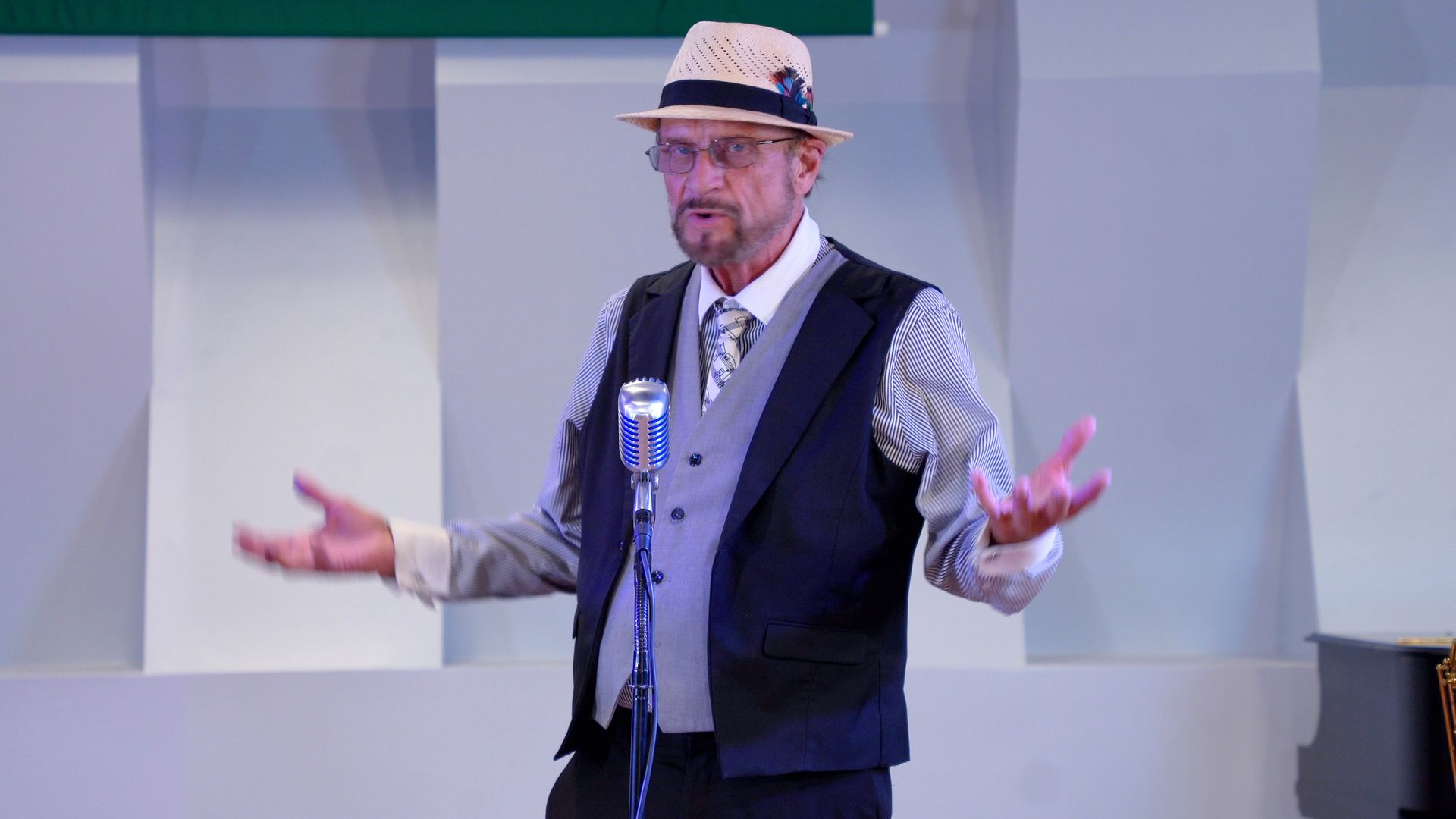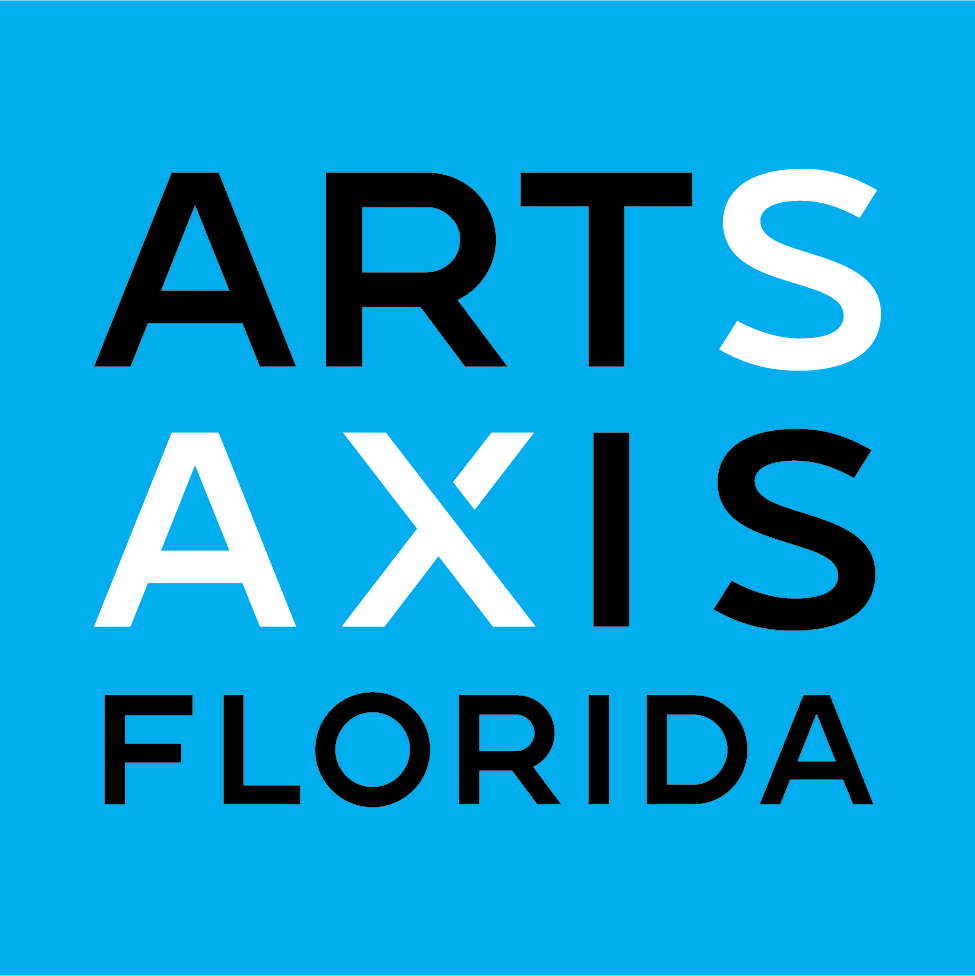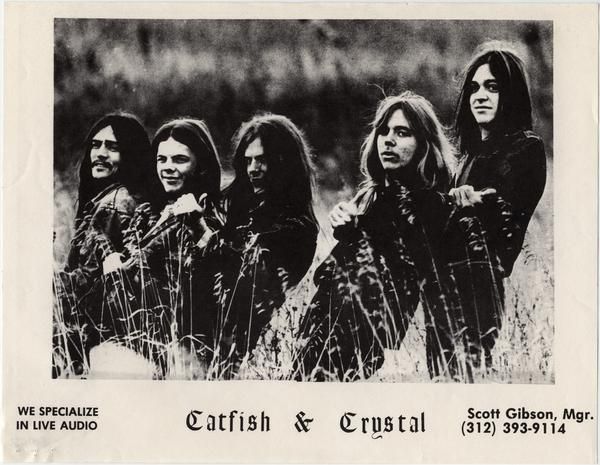Bandleader Eric Enfield’s Key to Successful Shows

Photo of Eric Enfield, bandleader of Jazz DaddyOs, in the WUSF Studio. Photo by Jazz on Arts Axis Florida.
Eric Enfield captivates Florida audiences with his skills on keyboards, guitar, drums, and vocals. With a career spanning several decades, Enfield has shared the stage and recorded with numerous musical luminaries, leaving an indelible mark on the Southeastern and Midwest entertainment circuits with his mastery of old school technique and classic song craft. However, it is his ability to seamlessly blend traditional methods with the latest music-making technology that sets him apart.
His musical arsenal includes an impressive array of modern equipment like foot-operated bass pedals, customized A.I. drums and synchronized rhythm modules, which he skillfully employs to augment his piano performances. These tools allow him to create a fuller, more dynamic sound that resonates with live contemporary audiences. Through his innovative approach, Enfield strikes a harmonious balance between the timeless elegance of traditional instruments and the possibilities afforded by modern advancements.
Beginning at the age of 11, Enfield has played professionally and forged an illustrious creative path performing and recording music with influential songwriters and R&B/Blues artists like Joe Tex, Ollie Woodson, and Major Lance. His resume includes prestigious roles as bandleader to several major house ensembles at historic venues like the Tampa-based Malio’s, the Belleview Biltmore Hotel, St. Augustine’s Scarlett O'Hara's, and Underground Atlanta. He also signed with Florida-based TK Records, worked sessions as backup musician for major R&B/Blues vocalists, and toured with bands like Catfish & Crystal.
Photo of the Illinois-based rock band Catfish & Crystal. Enfield pictured far left. March 1971. Photo courtesy of LaBudde Special Collections, UMKC University Libraries
Enfield remains committed to his craft and continues to actively perform. Currently, he takes the stage around a dozen times each week including as bandleader of the Jazz DaddyOs, a vibrant jazz dance band based in St. Petersburg, in addition to serving as the sole musical accompanist for Ambassador Rupert Blaize, further showcasing his exceptional talent and dedication to his craft.

How do you choose what songs to play live?
We play for the dance floor. To keep people dancing, we try not to play two songs in a row that have the same tempo or dance style. Example: We might play a swing at 133 bpm followed by a mambo at 88 bpm and then a shuffle at 115 bpm, followed by a foxtrot at 160 bpm. Also, we want to connect with our audience. We play requests and give them first priority. We gauge our volume to allow for conversation throughout the room and work to bring the crowd into a party atmosphere.
What’s your process for learning something new to play?
When I’m learning a new song, I’ll play different artists’ versions of it over and over, for hours, until someone tells me to stop.
Who are your musical inspirations?
They’ve changed over the years. Early on they were Joe Sample, Dr. John and Floyd Cramer. Now, I find great inspiration from meditating on the spirits of musicians that I’ve worked closely with who have passed on.
What’s your favorite memory of a live performance?
On vacation to Yosemite National Park, my singer Mary Miller and I went to hear the piano bar singer at Mariposa Lodge. We spontaneously sat in, and I played piano while we sang our duets. We were well received.
What message do you hope resonates with your audience when they hear your music?
We go back to the early roots of American music. It’s the real deal, but the original recordings were poor audio quality. We’re presenting authentic jazz with the technological and stylistic influences that have occurred since this music originated over 100 years ago.
How do you prepare mentally and physically for a live show?
Most of my life, I have performed events 7 days a week. Often twice a day. You need to get sleep, don’t eat immediately before a gig. Don’t smoke anything or drink alcohol, ever. Over-prepping musical material and organizing necessary equipment pays off exponentially.
What’s your top tip for musicians just starting to perform live at venues?
LEARN HOW TO SWING DANCE! Jazz is often played in a Swing style. Music is the fuel that makes people dance. When you’re learning to play music, it’s critically important to learn how to correctly dance! (Swing, Rumbas, Cha Chas, Mambos, Fox Trots, and other ballroom styles.) Jazz started as dance music. Many people hate jazz because it implies some kind of music that the listener can’t get involved in. I can tell instantly when a rhythm section musician or band leader can’t dance. Music colleges do a great disservice to their students by not making ballroom dance a required course.
Interview edited for length.






